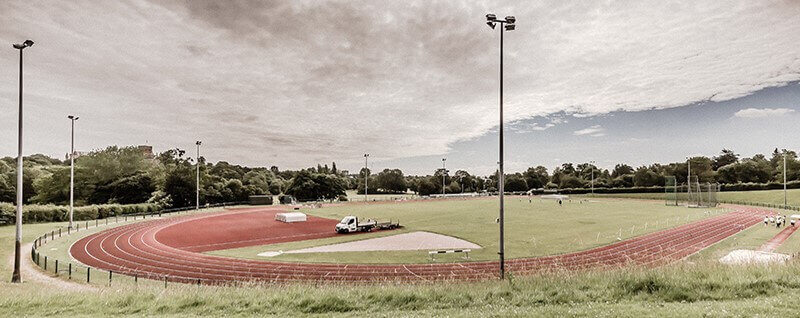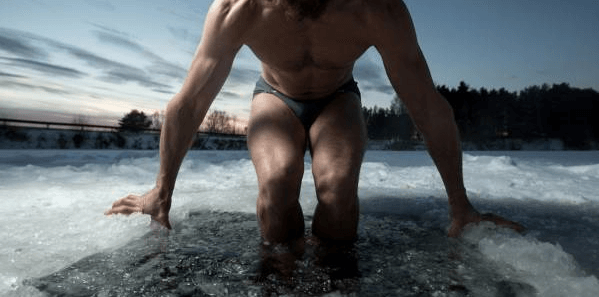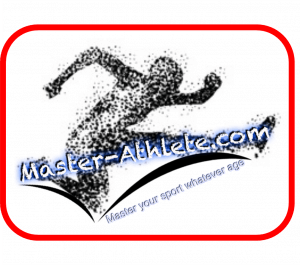As Masters Athletes we are all too aware that recovery is key to maintain our performance over the years, but ensuring this is achieved is often neglected. And as I refuse to stop training hard, I need to up my recovery game and searching around I came across a great article on the 100 point recovery strategy, and I have tweaked and placed into my own programme now. And I hope you can see the benefit too.
Optimising Recovery
It has long been recognised that without adequate recovery, an athlete will not achieve his or her full performance potential due to the accumulation of progressive fatigue, often termed over-training syndrome. Therefore, optimising recovery is an essential component of the overall training plan. Recovery techniques including methods such as compression therapy, nutrition and hydration, hydrotherapy, massage and myofascial release, athlete self-monitoring, and lifestyle factors have all been recommended. The purpose of this report is to recommend a method of implementation a 100-point weekly recovery checklist. Something I myself have used over the years and more so now.
100-Point Weekly Recovery Checklist
The 100-point weekly recovery checklist was developed for the beijing games and specifically for the Indonesian Olympic Team to use. The general training ideas and plans that were employed by the national team coaches was of high volume, which was consistent among the coaches the 16 sports (archery, swimming, diving, taekwondo, boxing, weightlifting, cycling, shooting, indoor volley, beach volley, canoeing, rowing, sailing, tennis, badminton, and athletics). Little emphasis was placed on optimising athlete recovery and regeneration, due to a lack of knowledge, available facilities, and adequate equipment. The main goal was to develop a “practical approach to recovery and regeneration” that could easily be implemented and used. A weekly recovery checklist was developed that gave a numerical recovery goal per week (i.e., 100 points) to motivate the athletes to engage in self-initiated, proactive recovery strategies. Proactive recovery has been defined as athlete initiated recovery strategies that are a planned and systematic part of the training program. Following review with sports medicine clinicians, 4 proactive recovery focus areas were included from the work of Jeffreys and implemented (Table 1).
Numerical Recovery Point Value
The numerical recovery point value for each recovery modality is presented in Table 2. Determination of a points value was based on (a) the effectiveness of the recovery technique being implemented (research evidence supporting its use) and (b) the level of athlete engagement required for its implementation, it needed to be easy (self-initiated, proactive recovery). As such, the numerical recovery point value represents a combination of evidence for technique effectiveness and the athlete engagement in implementation.
Checklist Instructions
The elite athletes were encouraged to achieve 100 points on the weekly recovery checklist. The athletes were instructed to select two or more of the daily recovery strategies (Table 2), with each strategies recovery focus area used at some point during the week. Check- list instructions are outlined in Table 3. An example of how you as an athlete could implement proactive recovery strategies to achieve 100 weekly recovery points is presented in Table 4.
Conclusion

 Use this Checklist to make sure you are getting the best out of your training by getting the best out of your recovery
Use this Checklist to make sure you are getting the best out of your training by getting the best out of your recovery
If you’re looking to get some recovery items want to lean more check out my articles:
References
- Smith DJ. A framework for understanding the training process leading to elite performance. Sports Med. 2003;33:1103-26.
- Kentta G, Hassmen P. Overtraining and recovery. A conceptual model.Sports Med. 1998;26:1-16.
- Jeffreys I. A multidimensional approach to enhancing recovery.Strength Cond J. 2005;27:78-85.
- Gill ND, Beaven CM, Cook C. Effectiveness of post-match recovery strategies in rugby players. Br J Sports Med. 2006;40:260-3.
- Barnett A. Using recovery modalities between training sessions in elite athletes: does it help? Sports Med. 2006;36:781-96.
- Reilly T, Ekblom B. The use of recovery methods post-exercise. J Sports Sci. 2005;23:619-27.
- Budgett R. Fatigue and underperformance in athletes: the overtraining syndrome. Br J Sports Med. 1998;32:107-10.
- Duffield R, Edge J, Merrells R, et al. The effects of compression gar- ments on intermittent exercise performance and recovery on consecu- tive days. Int J Sports Physiol Perform. 2008;3:454-68.
- Ali A, Caine MP, Snow BG. Graduated compression stockings: physi- ological and perceptual responses during and after exercise. J Sports Sci. 2007;25:413-9.
- Kraemer WJ, Bush JA, Wickham RB, et al. Influence of compression therapy on symptoms following soft tissue injury from maximal eccentric exercise. J Orthop Sports Phys Ther. 2001;31:282-90.
- Shirreffs SM, Armstrong LE, Cheuvront SN. Fluid and electrolyte needs for preparation and recovery from training and competition. J Sports Sci. 2004;22:57-63.
- Burke LM, Loucks AB, Broad N. Energy and carbohydrate for training and recovery. J Sports Sci. 2006;24:675-85.
- Wagner DR. Eating on the road: Practical nutrition strategies for the traveling athlete. Athl Ther Today. 2009;14:1-4.
- Vaile J, Halson S, Gill N, Dawson B. Effect of hydrotherapy on recovery from fatigue. Int J Sports Med. 2008;29:539-44.
- Wilcock IM, Cronin JB, Hing WA. Physiological response to water immersion: a method for sport recovery? Sports Med. 2006;36:747-65.
- Ingram J, Dawson B, Goodman C, Wallman K, Beilby J. Effect of water immersion methods on post-exercise recovery from simulated team sport exercise. J Sci Med Sport. 2009;12:417-21.
- Weerapong P, Hume PA, Kolt GS. The mechanisms of massage and effects on performance, muscle recovery and injury prevention. Sports Med. 2005;35:235-56.
- Barnes MF. The basic science of myofascial release: morphologic change in connective tissue. J Bodywork Movement Ther. 1997;1:231-8.
- Paolini J. Review of myofascial release as an effective massage therapy technique. Athl Ther Today. 2009;14:30-4.
- Jeffreys I. A system for monitoring training stress and recovery in high school athletes. Strength Cond J. 2004;26:28-33.
- Robson-Ansley PJ, Gleeson M, Ansley L. Fatigue management in the preparation of Olympic athletes. J Sports Sci. 2009;1-12.
- Nederhof E, Zwerver J, Brink M, Meeusen R, Lemmink K. Different diagnostic tools in nonfunctional overreaching. Int J Sports Med. 2008;29:590-7.
- Jeffreys I. Post game recovery strategies for rugby. NSCA Perf Train J. 2007;6:13-6.







 Use this Checklist to make sure you are getting the best out of your training by getting the best out of your recovery
Use this Checklist to make sure you are getting the best out of your training by getting the best out of your recovery